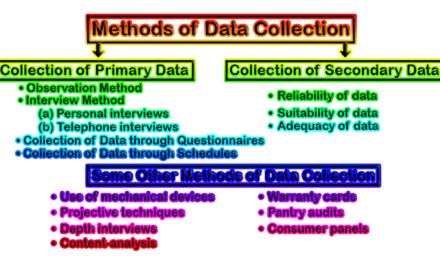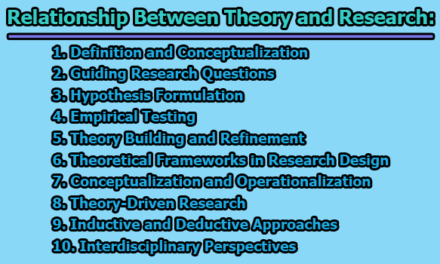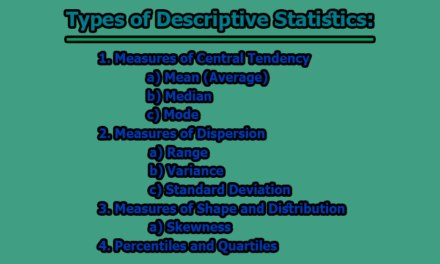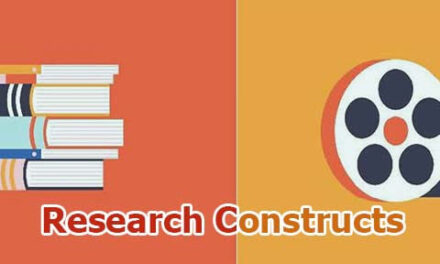Steps to Help Individuals and Researchers Obtain Permission for the Use of Copyrighted Materials:
Ensuring compliance with copyright laws is crucial when using materials that are protected by intellectual property rights. Seeking permission from the copyright holder is a fundamental step to navigate this legal landscape responsibly. In this guide, we will explore the essential steps to help individuals and researchers obtain permission for the use of copyrighted materials.
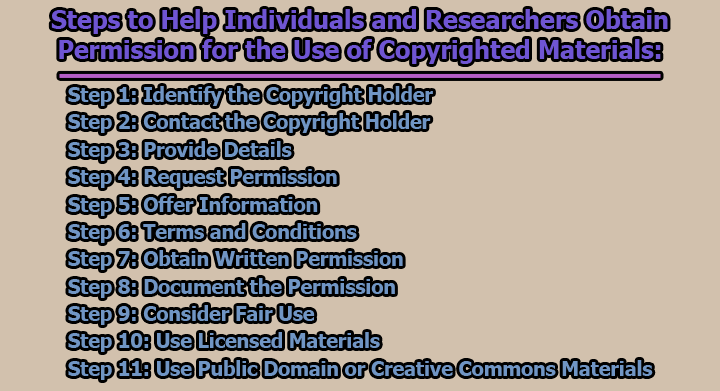
Step 1: Identify the Copyright Holder:
The first step in seeking permission for the use of copyrighted materials is identifying the entity that holds the copyright. The copyright holder is typically the creator of the work, the publisher, or a designated rights organization. To determine the copyright holder, carefully examine the material itself, as copyright information is often provided. If unclear, additional research may be necessary to ascertain the current copyright owner. In some cases, contacting the publisher or checking with relevant copyright databases can provide the needed information.
For digital content, explore the metadata or copyright information embedded in the file. Websites often include copyright details in their terms of use or in a dedicated copyright section. Accurately identifying the copyright holder is essential for initiating the permission-seeking process effectively.
Step 2: Contact the Copyright Holder:
Once the copyright holder is identified, the next step is to establish direct contact. This involves reaching out to the copyright holder through appropriate channels. The preferred method of contact may vary based on the nature of the material and the information available. For books or articles, contacting the publisher may be necessary, while for artistic works, reaching out to the creator directly might be more suitable.
Ensure that your communication is professional, concise, and clearly conveys your intention to use the copyrighted material in your research. Provide a brief overview of your project and express your desire to obtain permission for the specified use. Include your contact information and any relevant details about your research that might assist the copyright holder in understanding the context of your request.
Step 3: Provide Details:
When contacting the copyright holder, it’s essential to provide detailed information about your project and how you intend to use the copyrighted material. Clearly articulate the purpose of your use, whether it’s for inclusion in a thesis, publication, presentation, or other scholarly activities.
Specify the scope of use, such as the portion of the material you plan to use and the intended audience. If your project involves multiple types of media or platforms, be explicit about each use case. Providing a comprehensive overview helps the copyright holder understand the nature and significance of your work, making it more likely for them to consider and grant permission.
Step 4: Request Permission:
Having provided details about your project, the next step is to explicitly request permission to use the copyrighted material. Clearly express your intent and specify the scope and duration of the requested permission. For example, if your project is time-sensitive, indicate the timeframe during which you plan to use the material. Be respectful and professional in your language, acknowledging the rights of the copyright holder and demonstrating your commitment to complying with copyright laws.
Craft your request in a way that demonstrates a genuine appreciation for the work and a clear understanding of the legal and ethical considerations surrounding copyright. This clarity and respect enhance the likelihood of a positive response from the copyright holder.
Step 5: Offer Information:
In addition to requesting permission, offer comprehensive information about your project. Provide details such as the title of your research, the objectives, and how the copyrighted material contributes to the overall goals of your work. Sharing this information helps the copyright holder better understand the context and significance of your project, making it more likely for them to grant permission.
Include information about your intended audience, whether it’s an academic community, the general public, or a specific industry. Clarify how the copyrighted material enhances the value and impact of your research. The more insight you provide, the easier it becomes for the copyright holder to assess the merits of your request and make an informed decision.
Step 6: Terms and Conditions:
If the copyright holder is open to granting permission, the next step is to clarify any terms and conditions associated with the use of the copyrighted material. Discuss aspects such as attribution requirements, limitations on use, and any fees or royalties that may be applicable. Clearly outline how you intend to credit the source and acknowledge the copyright holder in your work.
Negotiate terms that align with both parties’ interests, keeping in mind the nature of your project and the expectations of the copyright holder. Documenting these terms in writing helps avoid misunderstandings and provides a reference point for both parties throughout the duration of the agreement. Ensure that all parties involved are on the same page regarding the conditions of use.
Step 7: Obtain Written Permission:
After reaching an agreement on terms and conditions, it is essential to obtain written permission from the copyright holder. Ideally, this written permission should clearly outline the scope of use, any restrictions, and the duration for which permission is granted. Written permission can take various forms, such as an email exchange, a formal letter, or a permission form provided by the copyright holder.
Having written documentation is crucial for your records and serves as evidence of the agreed-upon permissions. This documentation not only helps you demonstrate compliance with copyright laws but also provides a reference point in case any issues arise in the future. Ensure that the written permission is stored securely, and make it easily accessible for future reference.
Step 8: Document the Permission:
Keeping a comprehensive record of the permission granted is crucial for maintaining transparency and ensuring ongoing compliance. Document all details of the permission, including the date, the names of the parties involved, the agreed-upon terms and conditions, and any correspondence related to the permission. This documentation acts as a safeguard in case there are any disputes or questions about the legitimacy of your use of the copyrighted material.
Maintain an organized file with copies of emails, letters, or permission forms exchanged with the copyright holder. This record-keeping practice is not only beneficial for your personal documentation but also serves as a professional and ethical practice when engaging with copyrighted materials.
Step 9: Consider Fair Use:
While seeking permission is a standard practice, it’s essential to evaluate whether your use of the material might fall under the doctrine of fair use. Fair use allows for the use of copyrighted material without permission for purposes such as criticism, commentary, news reporting, teaching, scholarship, or research. Assess whether your use meets the criteria for fair use, taking into account factors such as the purpose of use, the nature of the copyrighted work, the amount used, and the effect on the market value of the original work.
If your use qualifies as fair use, you may not need to seek permission. However, it’s crucial to approach fair use considerations cautiously and, if uncertain, seek legal advice to ensure that your use aligns with copyright laws.
Step 10: Use Licensed Materials:
If applicable, consider using materials that are already licensed for your intended use. Some materials come with pre-established licenses that specify how they can be used without the need for separate permission. These licenses may be indicated through symbols like Creative Commons licenses, which outline the permissions and restrictions associated with the work. Always check for any licensing information associated with the material, and adhere to the terms specified in the license.
Utilizing materials with existing licenses can streamline the permission process, as the terms are already defined. Ensure that you fully understand and comply with the terms of the license to avoid any legal complications.
Step 11: Use Public Domain or Creative Commons Materials:
To simplify the permission process and minimize legal constraints, consider utilizing materials in the public domain or those released under Creative Commons licenses. Public domain materials are not protected by copyright and can be freely used by the public for any purpose. Creative Commons licenses, on the other hand, provide a flexible way for creators to grant permissions to their works while retaining certain rights.
When using public domain or Creative Commons materials, make sure to adhere to the specific terms outlined by the license. This might include attributing the source, adhering to non-commercial use requirements, or distributing derivative works under the same license. Understanding and complying with these terms contribute to responsible and legal use of copyrighted materials.
In conclusion, failure to obtain proper permissions for copyrighted materials can lead to legal consequences. By following these steps and considering alternative options like licensed, public domain, or Creative Commons materials, you can navigate the process of seeking permission effectively and ethically. When in doubt, seeking legal advice or consulting your institution’s copyright officer can provide additional guidance tailored to your specific situation. Approaching the use of copyrighted materials with care and diligence ensures compliance with copyright laws and respects the intellectual property rights of others.

Assistant Teacher at Zinzira Pir Mohammad Pilot School and College

